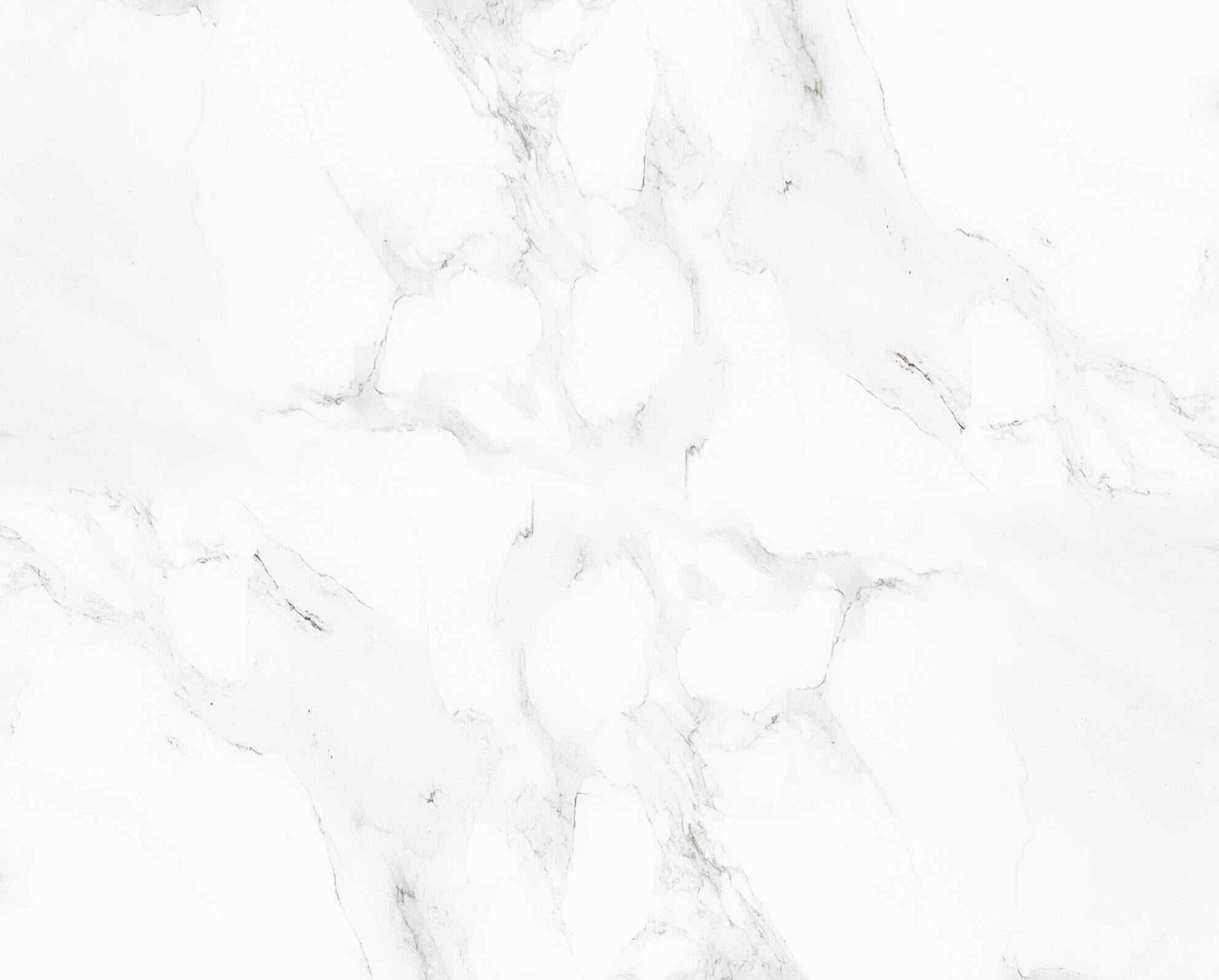Solid Wood Furniture Guide - Walnut
Main material introduction- walnut
Black walnut belongs to the Juglandaceae family and is a precious wood native to the United States. It mainly grows in the broad-leaved hardwood forests of the northern temperate zone.
Its natural color is deep, mostly brown or chocolate, with beautiful and changeable lines, very artistic, and its texture is as delicate as silk, which looks very high-end.
What's even more rare is that the nature of black walnut is very stable. Among the common hardwoods, it is one of the most difficult to crack and deform.
Because of its outstanding performance, it is favored by designers.
Precious pianos, yacht luxury car interiors, avant-garde art spaces, etc., are particularly fond of using black walnut.

The texture is changeable and artistic
Influenced by the large temperature difference between day and night and the cold winters in the Appalachian Mountains, black walnut has irregular grain and unique black and gray lines.
It is difficult for one kind of wood to have two textures, but there are 6 kinds of black walnut: wavy pattern, mountain pattern, straight line pattern, golden tumor pattern, bird peck pattern, water drop pattern.

Black walnut is so expensive for the following reasons:
Reason 1: It is difficult to become useful. The growth cycle of black walnut is long, and it takes 50-100 years to become useful, while ordinary trees can start to make profits in about 15 years.
Reason 2: The quantity is scarce. Due to the early over-exploitation, the stock of American black walnut accounts for only 1% of the total broad-leaved forest. For sustainable development, it is included in the restricted tree species, increasing the scarcity.
Reason 3: The yield rate is low. Black walnut is not only more expensive than other woods, but also has a very high production cost.
It has a lot of waste materials such as white edges and scars, so only core materials can be used to make furniture, and the yield of materials is less than 30%.


































